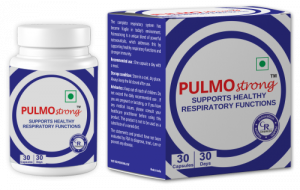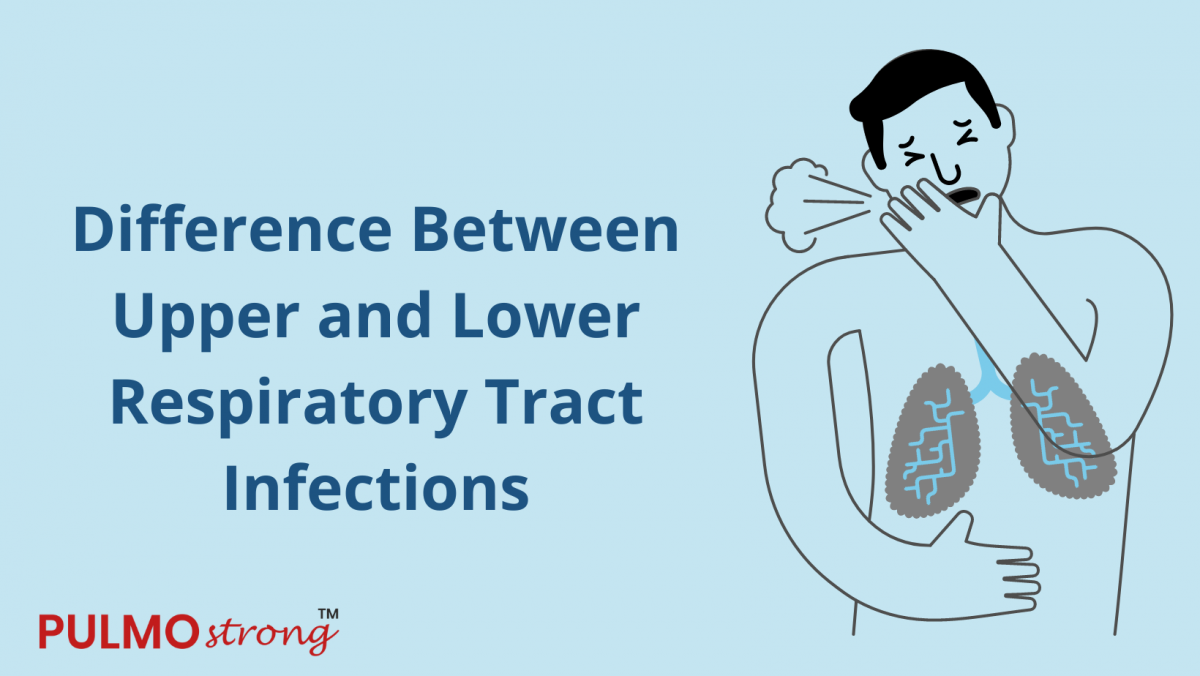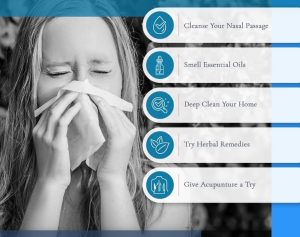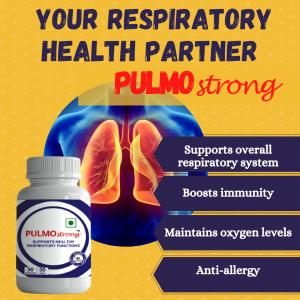Difference Between Upper and Lower Respiratory Tract Infections
Respiratory infections interfere with our normal breathing. It can affect our upper respiratory system, which starts at the sinuses and ends at the vocal cords, or just our lower respiratory system, which starts at the vocal cords and ends at the lungs. This infection is particularly dangerous for children, older adults, and people with a compromised immune system.
Know The Symptoms
The symptoms you experience will be different if it’s a lower or upper respiratory infection.
Nasal congestion, runny nose, cough, sore throat, body ache, and fatigue are the main symptoms of upper respiratory infections. Whereas, people who have lower respiratory tract infections mostly experience cough as the primary symptom. 
Causes
There are several different causes of respiratory infection.
While pharyngitis, ear infection, common cold, and tonsillitis are the main causes of upper respiratory infection, bronchitis, pneumonia, bronchiolitis, and tuberculosis affect the lower respiratory tract.
Viral infections such as influenza can affect both the upper and lower respiratory tracts.
Who is at risk?
It is impossible to avoid viruses and bacteria, but certain risk factors can increase your chances of developing respiratory infections.
Children and older adults with a less potent immune system are more prone to viral infections.
Children are at more risk because of their close contact with other kids who could be virus carriers. Children often don’t wash their hands regularly. They are also more likely to rub their eyes and put their fingers in their mouths, resulting in the spread of viruses.
Heart diseases or other lung problems are more likely to attract an acute respiratory infection. Anyone whose immune system might be weakened by another disease is at risk. Smokers also are at high risk and have more trouble recovering.  How to diagnose?
How to diagnose?
The doctor will check for fluid and inflammation in the lungs by listening for abnormal sounds in your lungs when you breathe. The doctor may also check your nose, ears, and throat.
If your doctor believes the infection is in the lower respiratory tract, an X-ray or CT scan may be necessary to check the condition of the lungs.
Lung function tests and pulse oximetry are other useful diagnostic tools to check how much oxygen is getting into the lungs.
How are respiratory infections treated?
Some lower respiratory tract infections go away without any treatment. People can treat these less-severe viral infections at home with over-the-counter medications for a cough or fever, rest, and drinking plenty of fluids.
Sometimes, the doctor may prescribe antibiotics for bacterial infections, or breathing treatments, such as an inhaler.
The complications of respiratory infection are extremely serious and can result in permanent damage and even death.
How to prevent it?
Most causes of both lower and upper respiratory infections are not treatable. Therefore, prevention is the best method to stay away from harmful respiratory infections.
- Getting the MMR (measles, mumps, and rubella) and pertussis vaccine will substantially lower your risk of getting a respiratory infection. Talk to your doctor about getting these vaccines.
- Practice good hygiene by washing your hands frequently, especially after you’ve been in a public place.
- Always sneeze into the arm of your shirt or in a tissue to prevent the spreading of infectious diseases.
- Avoid touching your face, especially your eyes and mouth, to stop the introduction of germs into the body.
- Avoid smoking and include plenty of vitamins in your diet, such as vitamin C, which helps boost your immune system.
For more strong immunity and healthy lungs, include PULMOSTRONG in your daily lifestyle.
PULMOSTRONG contains a blend of natural ingredients containing Quercetin derived from Sophora Japonica plant, Ursolic acid derived from Rosemary leaves and Vitamin C that prevents lung infections.
References:
https://www.nhs.uk/conditions/respiratory-tract-infection/
https://www.nps.org.au/consumers/respiratory-tract-infections-rtis-nose-throat-and-lungs






